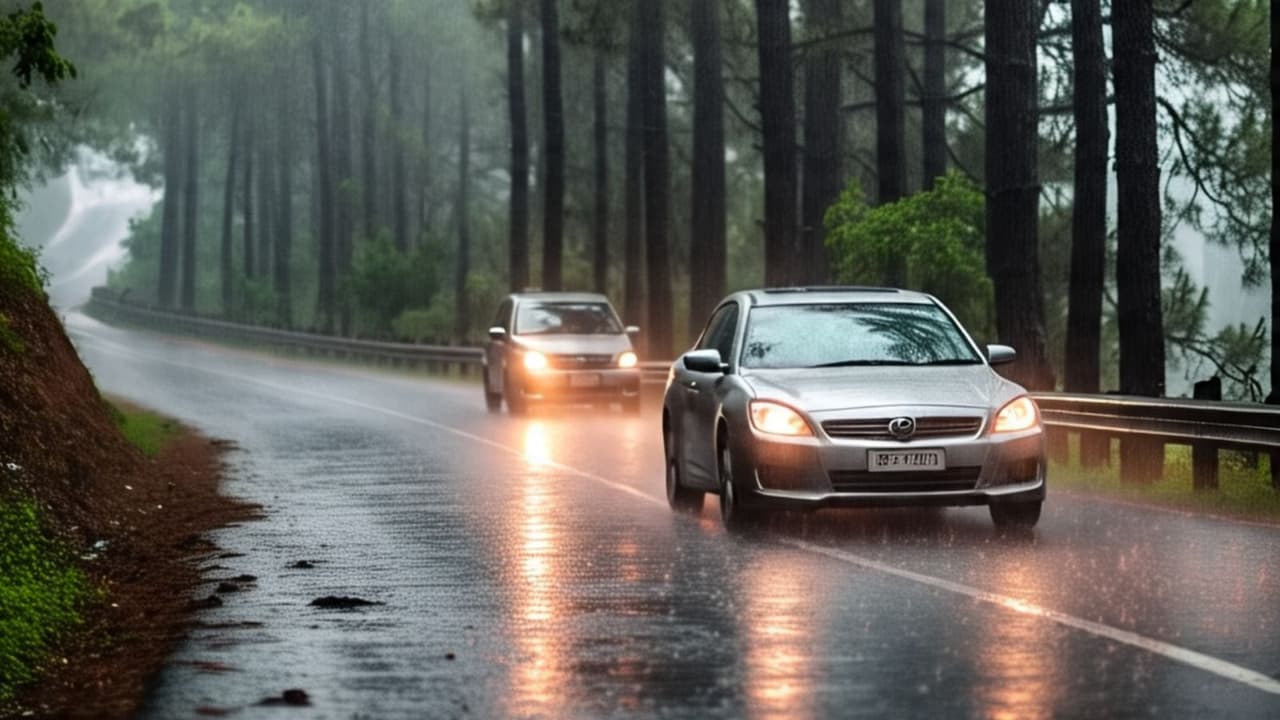Driving during monsoon season requires extra care. Waterlogging can cause engine trouble, so avoid tampering with it. Learn five essential tips for safe driving in the rain.
Monsoon Driving Safety: Monsoon season has arrived in India, bringing heavy rainfall and waterlogged roads. Driving in these conditions requires extra caution. Navigating waterlogged areas can be risky for any vehicle. However, sometimes it's unavoidable. Here are some tips for safe driving during the monsoon.

1. What to do in Waterlogged Conditions?
If you encounter heavy waterlogging, keep the engine running. This prevents water from entering the exhaust system. Drive in a low gear (first or second). If the car stalls in mud, don't force the engine to start, as this can cause damage.
2. Prepare for Monsoon in Advance
Ideally, you should install new wiper blades before the monsoon season. If you haven't already, do it now. Also, top up the washer fluid. Ensure your tires have 30-40% tread life remaining. If not, replace them, as bald tires struggle to grip wet surfaces.
3. Maintain a Safe Speed
Avoid speeding during the monsoon. Drive at a maximum speed of 20 km/h, slower than usual. This reduces the risk of skidding. Braking power is also reduced in the rain, so lower speeds are safer.
4. Avoid Using Hazard Lights While Driving
Don't use hazard lights while driving in the rain. This can confuse other drivers about your intentions to turn. If the rain is too heavy and driving becomes difficult, park on the left side of the road and turn on your hazard lights.
5. Avoid Overloading Your Vehicle
Never overload your car, especially during the monsoon. Driving with excessive load on wet roads increases the risk of losing control and skidding.


